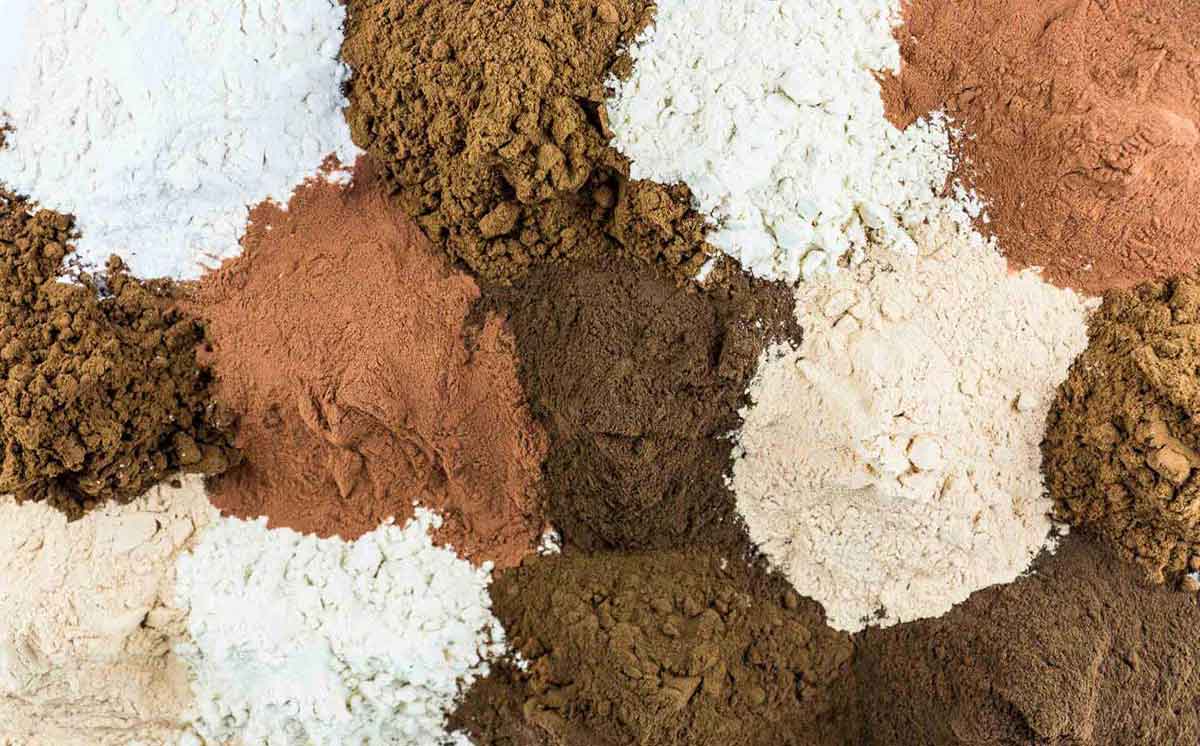Vegetable Tanned Leather is a process tanning leather that uses only natural components. Usually the materials uses comes from plant parts, such as : Barks, Leafage, Seeds, etc.
The skin is one part of living things that can be utilised. In modern times animal skins are widely used as handicraft products that have high economic value. Products that use leather include shoes, belts, bags, gloves, etc.
Of course, leather material derived from these animals can not be taken for granted, because this must go through a processing first, this process is called tanning leather. Tannery is basically the process of changing the structure of raw skin that is easily damaged by the activity of micro-organisms, chemical or physical into tanned skin that is more durable. This mechanism in principle is the inclusion of certain ingredients into the braid of skin fibres so that a chemical bond occurs between the tanning material and skin fibres.
Vegetable extracts
Raw materials used for vegetable tanning are natural tannins, available in liquid or powder form, obtained from a different part of plants including woods, barks, fruits, fruit pods, and leaves. The most common tannins are obtained from:
- Chestnut wood (Castanea sativa)
- Quebracho wood (Schinopsis lorentzii)
- Tara pods (Caesalpinia spinosa)
- Catechu (Acacia Catechu)
- Chinese gallnut (Rhustyphina semialata)
- Turkish gallnut (Quercus infectoria)
- Gambier (Uncaria gambir)
- Myrobalan (Terminalia chebula)
- Oak wood (Quercus sp)
- Sumac (Rhustyphina coriaria)
- Valonia Oak (Quercus macrolepis)
Advantages and Disadvantages Vegetable Tanning
Here are some advantage and disadvantage from leather that processed with vegetable tanning :
Advantages
- Vegetable tanning is environmentally friendly; meaning any leather products that have been vegetable tanned can be recycled
- Vegetable tanning is an age old tradition, so most tanneries have very skilled craftsmen producing and dyeing the leather
- Due to the natural tannins used, vegetable tanned products are unique and have their own life, they are not the same for their entire life, but they change, continuously, for the better
- The colors that vegetable tanning produces are rich and warm tones that look completely natural
- Vegetable tanned leathers are more valuable and thus sold at a higher average price compared to chrome tanned leathers
Disadvantages
- The average process time of vegetable tanning is quite similar to chrome tanned leather but it can take up to 60 days to produce sole leather
- It can stain easily in the presence of iron
- Products that have been vegetable tanned are more expensive. They require much more skill to tan the hides, this means they are of better quality
- The colors you can produce from vegetable tanning are limited
- Direct heat can cause vegetable tanned products to shrink or crack
